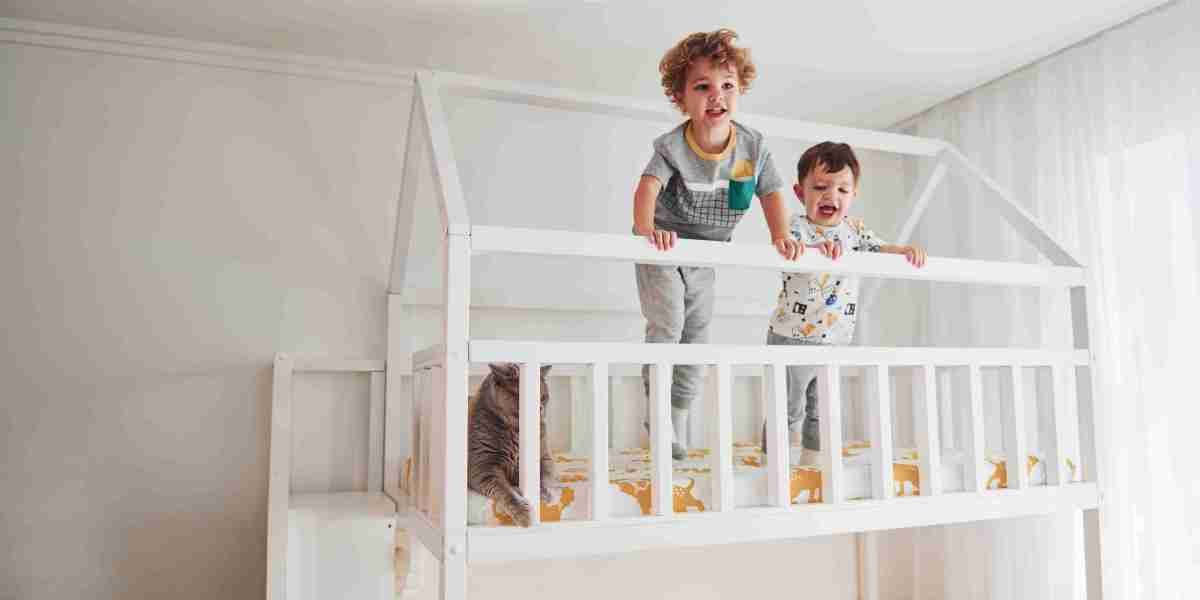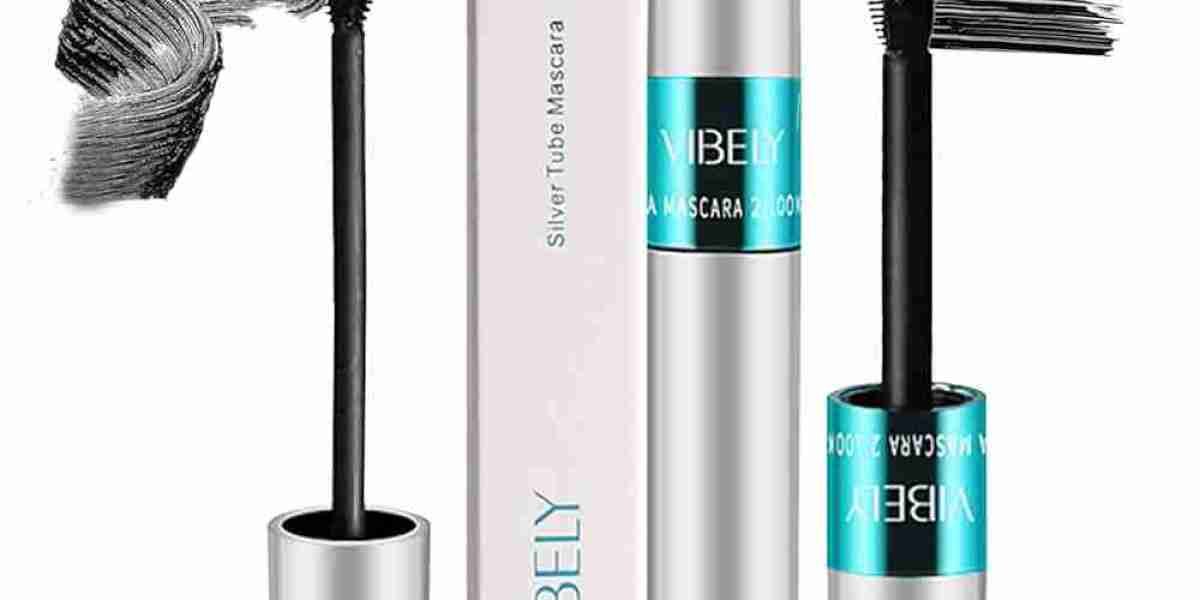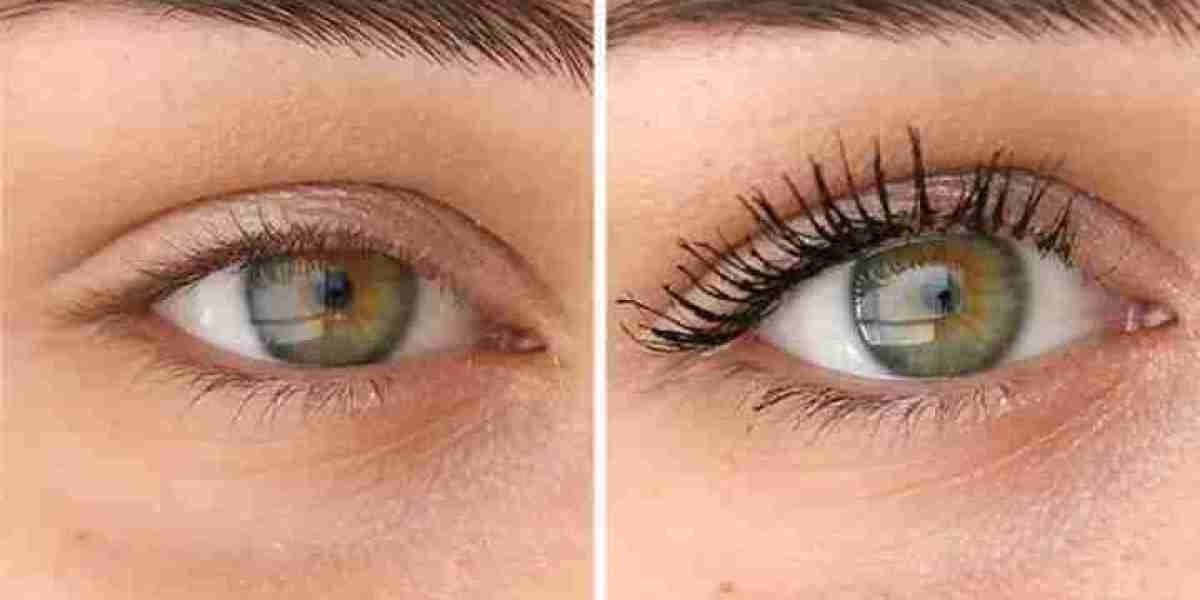The Purrfect Passage: Expert Tips for Cat Flap Installation
For cat owners, the desire to offer their feline companions with freedom and independence while maintaining the security and comfort of their home is a typical aspiration. A cat flap, seemingly an easy option, uses just that-- enabling your cat to come and go as they please without needing you to play doorman. However, an inadequately installed cat flap can lead to draughts, security vulnerabilities, and frustrated felines. For that reason, comprehending the nuances of cat flap installation is important for both your cat's well-being and your assurance.

This post functions as a comprehensive guide to neighborhood cat flap installer flap installation, using expert tips and guidance to make sure a smooth and successful job. Whether you're a seasoned DIY lover or a first-timer, this guide will equip you with the understanding to develop the purrfect passage for your cherished cat.
Picking the Right Cat Flap: The First Step to Success
Before you even consider tools and design templates, it is important to select the best cat flap for your requirements and your home. The market offers a varied series of alternatives, each with its own set of features and benefits. Consider these elements when making your selection:
- Type of Cat Flap: Cat flaps are not a one-size-fits-all option. They can be found in different types, each offering different levels of security and benefit:
- Standard Manual Cat Flaps: These are the simplest and most economical options, enabling any cat (or small animal) to go into and exit. They appropriate for low-security environments.
- Magnetic Cat Flaps: These flaps respond to a magnet attached to your cat's collar. They provide slightly better security by avoiding roaming animals from going into.
- Infrared Cat Flaps: Similar to magnetic flaps, these use an infrared sensor that reads a special collar tag. They are more secure than magnetic flaps and less susceptible to interference.
- Microchip Cat Flaps: The most advanced option, these flaps are activated by your cat's special microchip, making sure just your pet can get entry. This offers the greatest level of security and control, preventing unwanted animals from entering your home.
- Product and Durability: Cat flaps are normally made from plastic or aluminium.
- Plastic flaps are generally more economical and lighter but may be less durable and more vulnerable to weathering.
- Aluminium flaps are more robust, weather-resistant, and secure, often including a stronger locking mechanism.
- Size of Your Cat: Ensure the flap opening is big enough for your cat to travel through easily without struggling. Consider your cat's size and type when choosing. Measure your cat from chest to ground and include a number of inches for comfy clearance.
- Installation Location: Where will you be installing the cat flap? Doors, walls, and windows each present various installation challenges and require specific types of cat flaps or extra devices like tunnels for thicker walls.
- Budget: Cat flaps range in price from fundamental manual models to high-tech microchip versions. Set a budget plan and consider the long-lasting value and security benefits when making your choice.
Preparation is Paramount: Setting Yourself Up for Success
When you have picked the best cat flap, proper preparation is essential to a smooth installation. Rushing into the process can lead to mistakes and disappointment. Take the time to plan and collect whatever you require beforehand:
Choosing the Right Location: Carefully consider the location for your cat flap.
- Security: Choose an area that is not quickly accessible to intruders and ideally far from public view.
- Ease of access for Your Cat: Ensure the place is easily accessible for your cat, both inside and outside. Think about the height from the ground and any challenges.
- Convenience for You: Select a location that is hassle-free for access and maintenance but does not interfere with the circulation of your home.
- Avoiding Utilities: Check for any surprise wires, pipes, or structural aspects within the wall or door where you plan to install the flap.
Collecting the Necessary Tools and Materials: Having all the right tools at hand will make the installation process a lot easier. Necessary tools typically include:
- Cat flap kit: This need to consist of the cat flap itself, a template, screws, and potentially a tunnel extension depending upon the design and installation type.
- Pencil and ruler/tape step: For marking and determining accurately.
- Drill: With appropriate drill bits for pilot holes and potentially bigger bits for cutting if needed by your selected approach.
- Jigsaw or Keyhole saw: For cutting the opening for the cat flap (depending on product and installation approach).
- Screwdriver: To protect the cat flap in place (often a Phillips head screwdriver).
- Safety glasses and gloves: For safety throughout cutting and drilling.
- Sealant (optional): To seal around the cat flap and avoid draughts and water ingress, especially for external doors and walls.
- Spirit level (optional): To guarantee the cat flap is installed directly.
Measuring and Marking: Accuracy is essential for an appropriate fit.
- Use the template offered: Most cat flap kits feature a design template. Use this to properly mark the cutout location on your chosen place.
- Consider your cat's height: Position the design template at a suitable height for your cat. The bottom of the flap ought to be low enough for comfortable entry and exit but not too low that it enables rain or dirt to enter easily.
- Double-check measurements: Before you start cutting, double-check all your measurements and markings to avoid errors.
Step-by-Step Installation in a Wooden Door (Example)
Installing a cat flap in a wooden door is a typical DIY job. Here's a basic detailed guide:
- Mark the Cutout: Tape the design template provided with your cat flap kit onto the door at the preferred place. Use a pencil to trace the summary of the design template onto the door.
- Drill Pilot Holes: Using a drill and a drill bit slightly bigger than the width of your jigsaw blade (or keyhole saw), drill pilot holes at each corner of the marked outline and possibly a few along the straight edges to make starting the jigsaw simpler.
- Cut the Opening: Using a jigsaw or keyhole saw, thoroughly cut along the significant overview, connecting the pilot holes. Take your time and follow the line precisely. Ensure you wear shatterproof glass and gloves throughout this step.
- Test Fit and Sand (if needed): Before fully inserting the cat flap, test fit it in the opening. If it's too tight, carefully sand down any rough edges of the cutout till the flap fits snugly.
- Place and Secure the Cat Flap: Place the 2 halves of the weatherproof cat flap installation flap (inner and outer frame) into the opening from either side of the door. Align the screw holes.
- Screw Together: Using the screws provided, tighten up the two halves of the custom cat flap installation flap together. Do not overtighten, as this could harm the door or the cat flap.
- Seal (Optional): Apply sealant around the edges of the cat flap where it fulfills the door frame for added weatherproofing and insulation.
Installation Considerations for Different Materials
While wooden doors are fairly straightforward, setting up cat flaps into other materials requires various techniques:
- Glass Doors and Windows: Installing a cat flap in glass requires specialized tools and competence. It is highly suggested to employ a professional glazier to cut and set up a cat flap in glass. Attempting this yourself can be hazardous and dangers shattering the glass.
- UPVC Doors: UPVC doors frequently have actually enhanced panels or may consist of metal elements. Installation can be complicated and may need professional assistance. Thoroughly inspect the door's building and construction before attempting DIY installation or seek advice from the door manufacturer's guidelines.
- Walls: Installing a cat flap in a wall requires creating a tunnel through the wall thickness. This typically involves buying a tunnel extension package that matches the depth of your wall. The installation process is comparable to door installation however needs mindful planning and possibly more substantial cutting and sealing.
Post-Installation Tips: Welcoming Your Cat to Freedom
As soon as the cat flap is installed, the task isn't rather finished. Here are some tips for assisting your cat change and maximizing your brand-new cat flap:
- Introduce the Cat Flap Gradually: Don't anticipate your cat to use the flap immediately. Start by propping the flap open and encouraging your cat to walk through it with deals with and positive reinforcement.
- Lure with Treats and Toys: Place deals with or toys on either side of the flap to incentivize your cat to check out and use it.
- Perseverance is Key: Some felines adapt rapidly, while others may take some time. Be patient and prevent requiring your cat through the flap, which can produce unfavorable associations.
- Look for Draughts and Security: After installation, check for any draughts or spaces around the cat flap. Ensure it is safely fitted and functioning properly.
- Routine Maintenance: Keep the cat flap clean and without debris. Periodically examine the locking system and hinges to guarantee they are working efficiently.
By following these tips and taking your time with the installation process, you can produce a safe, hassle-free, and inviting cat flap for your feline good friend, enhancing their freedom and enhancing their life while keeping the comfort and security of your home.
Regularly Asked Questions (FAQs) about Cat Flap Installation
Q: Can I install a cat flap in any door?
A: While cat flaps can be installed in the majority of types of doors, some need more customized methods or professional help. Wooden doors are the most convenient for DIY installation. Glass doors and UPVC doors might require professional installation.
Q: How high should I set up a cat flap?
A: The perfect height depends on your cat's size, but typically, the bottom of the flap must be around 10-15 cm (4-6 inches) from the ground. This enables most cats to pass through conveniently without having to crouch too low.
Q: What tools do I really need for cat flap installation?
A: Essential tools include a drill, jigsaw or keyhole saw, screwdriver, pencil, ruler/tape procedure, and security glasses and gloves. A sealant weapon and sealant are recommended for external doors and walls.
Q: How long does it require to set up a cat flap?
A: For an easy installation in a wooden door, it can take anywhere from 1 to 3 hours, depending upon your DIY experience and the intricacy of the door. Installation in other materials or walls may take longer.
Q: What if I am not positive in my DIY abilities?
A: If you are uneasy with DIY jobs, it is constantly best to work with a professional handyman or carpenter to install the cat flap for you. This makes sure an appropriate and protected installation, particularly for more complex setups like glass or UPVC doors and walls.
Q: How can I stop roaming felines from utilizing Repair My Windows And Doors cat flap?

A: Microchip cat flaps are the most reliable way to avoid stray animals from entering your home as they just open for your cat's registered microchip. Magnetic and infrared flaps offer some, but less reputable, security.
Q: Do cat flaps allow draughts?
A: Modern cat flaps are designed with draught-excluding features like brushes or magnetic closures. However, correct installation and sealing are important to minimize draughts.
Q: How do I train my cat to use a cat flap?
A: Patience and favorable reinforcement are essential. Start by propping the flap open, using deals with and toys to entice your cat through. Slowly reduce the openness of the flap as your cat gets more comfy.
Q: Can I set up a cat flap in a wall?
A: Yes, cat flaps can be installed in walls. This generally needs a tunnel extension package to link the inner and outer frames through the density of the wall. Wall installations might be more complex and require mindful preparation.
Q: What maintenance is required for a cat flap?
A: Regularly clean the flap and surrounding location to eliminate dirt and debris. Examine the hinges and locking mechanism occasionally and tighten screws if necessary. Oil hinges with silicone spray if they become stiff.






